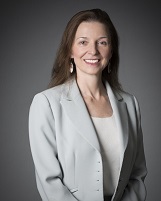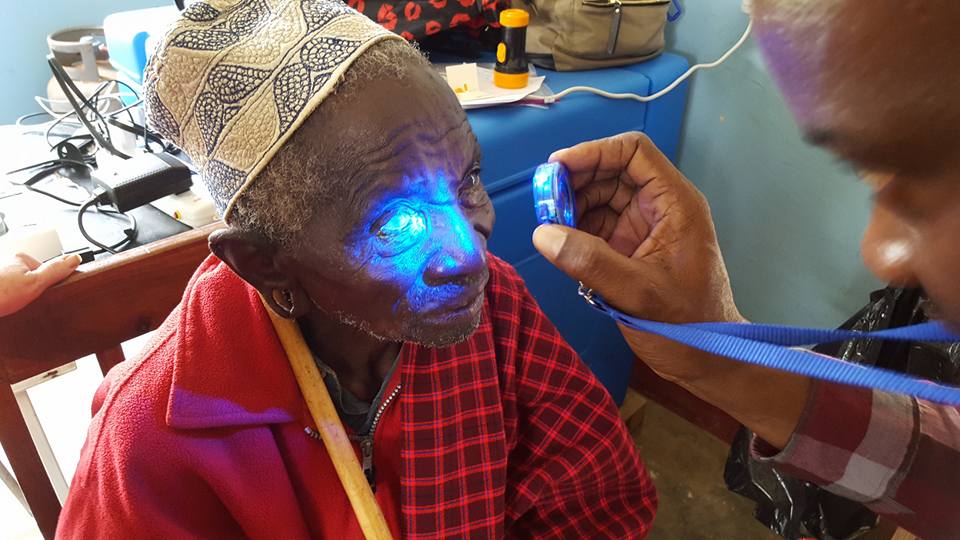Breadcrumb
An international group of researchers now estimate at least .5 percent of the world's population, or 36 million people, are blind.
In a study published in The Lancet last week, researchers from around the world, including Moran's Director of Pediatric Retina Mary Elizabeth Hartnett, MD, report that the number of blind people increased about 18 percent between 1990 and 2015 thanks to population growth and aging. The rate of blindness declined slightly to 3.38 percent.
Another key finding: one billion people around the globe are visually impaired because they lack access to reading glasses. The majority of them 55 percent are women.
"Getting reliable data has always been a challenge to accurately estimate the scope of the problem," says Hartnett, part of the study's Vision Loss Expert Group. "But I do believe the data on gender and on retinopathy of prematurity a blinding disease in premature infants is getting better. That should allow us to learn more about how vision loss is affecting women and children specifically."
Looking to the future, the study's authors predicted the number of blind and visually impaired people to increase by 2020, and called for additional efforts to fight the problem at all levels.
 Moran's Global Outreach Division is doing just that.
Moran's Global Outreach Division is doing just that.
In 25 countries, the division provides vision care, sight-restoring surgeries, and works to create sustainable eye care by training international ophthalmologists, nurses, technicians and other health care providers. In the state of Utah, division staff and volunteers make near-monthly outreach trips to the Navajo Nation. They also lead charity surgery efforts locally to assist low-income Utahns and spinal cord injury patients.
"Moran's Global Outreach Division is committed to bringing eye care to some of the most underserved and neglected regions of the world including here in Utah," said Division Manager Michael Yei. "We are also committed to helping develop sustainable eye care systems in those regions through teaching and training programs to build local capactiy, which is the critical key to addressing and ending the ever-increasing burden of global blindness."